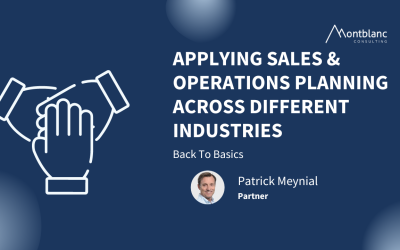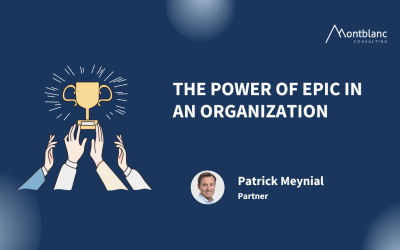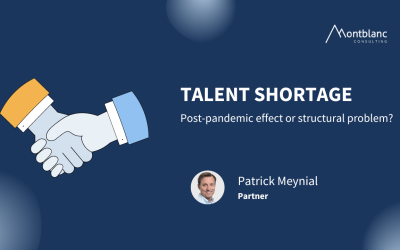Today, there are many and diverse topics that boards must oversee, with very little time available to address them. Additionally, changes to law 20.393 have multiplied by 10 the catalog of crimes for which directors can be accused. This is why the critical questions...
Know our Publications
We transform seemingly impossible challenges into concrete results, being catalysts for improving the productivity of society.
Categories
Business Strategy and Evolution
Operational excellence
Business Sustainability
Digital transformation
Organizational Transformation
Contextual Leadership: An Emerging Tool for Change Processes
From his experience as a prisoner of the Japanese in Singapore, James Clavell wrote his first novel, where the main character establishes himself as the undisputed leader of the camp. He is just a simple American soldier but...
S&OP and Budgeting with Rolling Forecast: Complementary or Rivals?
In the mid-2000s, the consumer goods company Heinz faced stagnation in its market share and return on assets. To overcome this challenge, the company decided to initiate an improvement process in Europe based on S&OP. Heinz...
Applying S&OP in Different Industries: Back to Basics
In the late 1980s, the proliferation of new products, the specialization of factories, and the growing competition in the consumer goods sector, especially with the emergence of major retailers such as Costco, Walmart, Walgreens, and Sears, made interdepartmental...
The Power of Epic Events in an Organization
The experience we had as a team running "El Cruce" in Argentine Patagonia is a great example of the power of epic events to motivate an organization. Coming out of the pandemic, our organization was strained and fragile: with no in-person interaction for a long time,...
Talent Shortage – Post-Pandemic Effect or Structural Problem?
In the past year, many companies have faced a dilemma: demand has returned to pre-pandemic levels, supply chain issues are behind us, and machinery has been maintained. However, productivity remains stagnant at 20%, 30%, or even 50% less than in the pre-pandemic...






